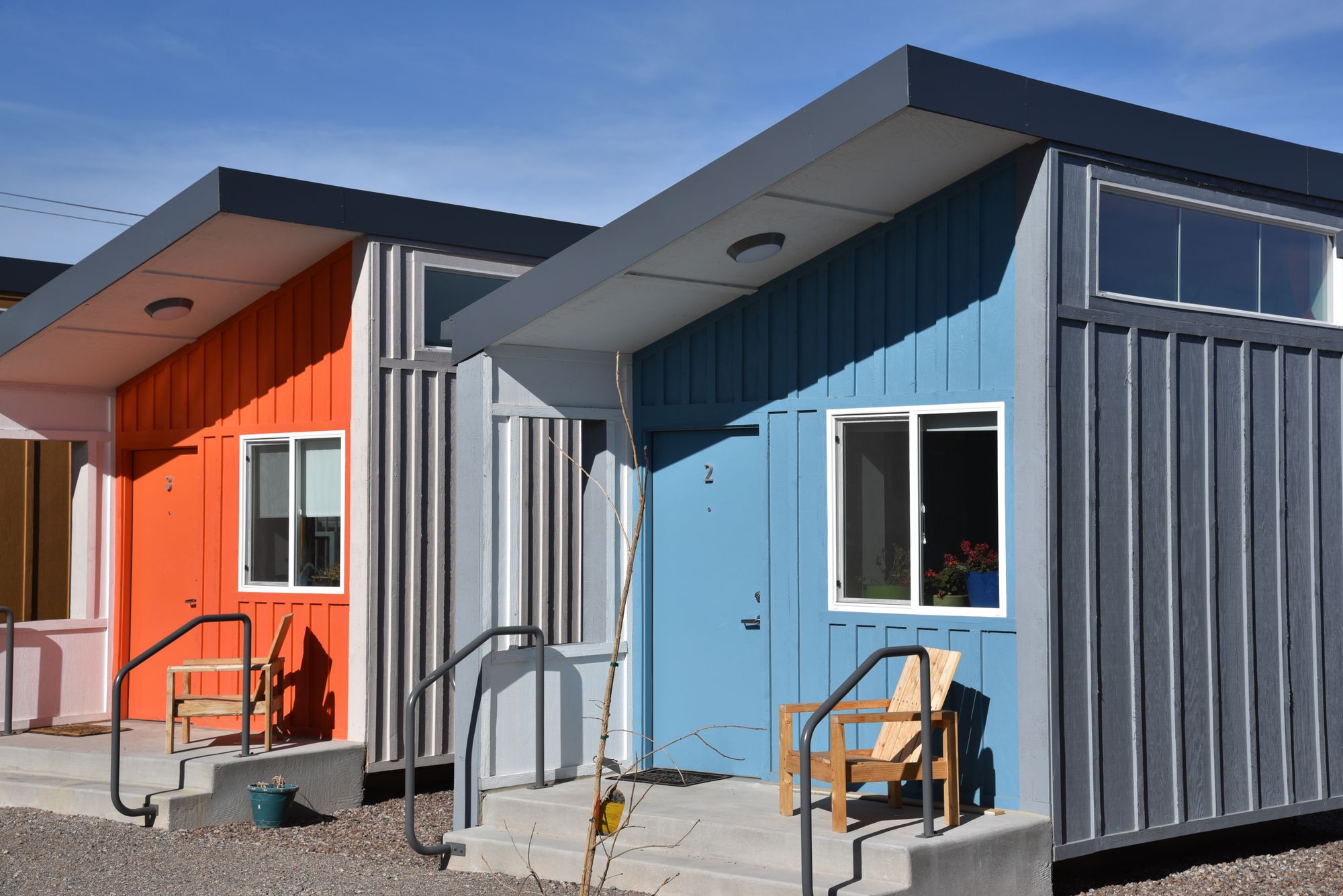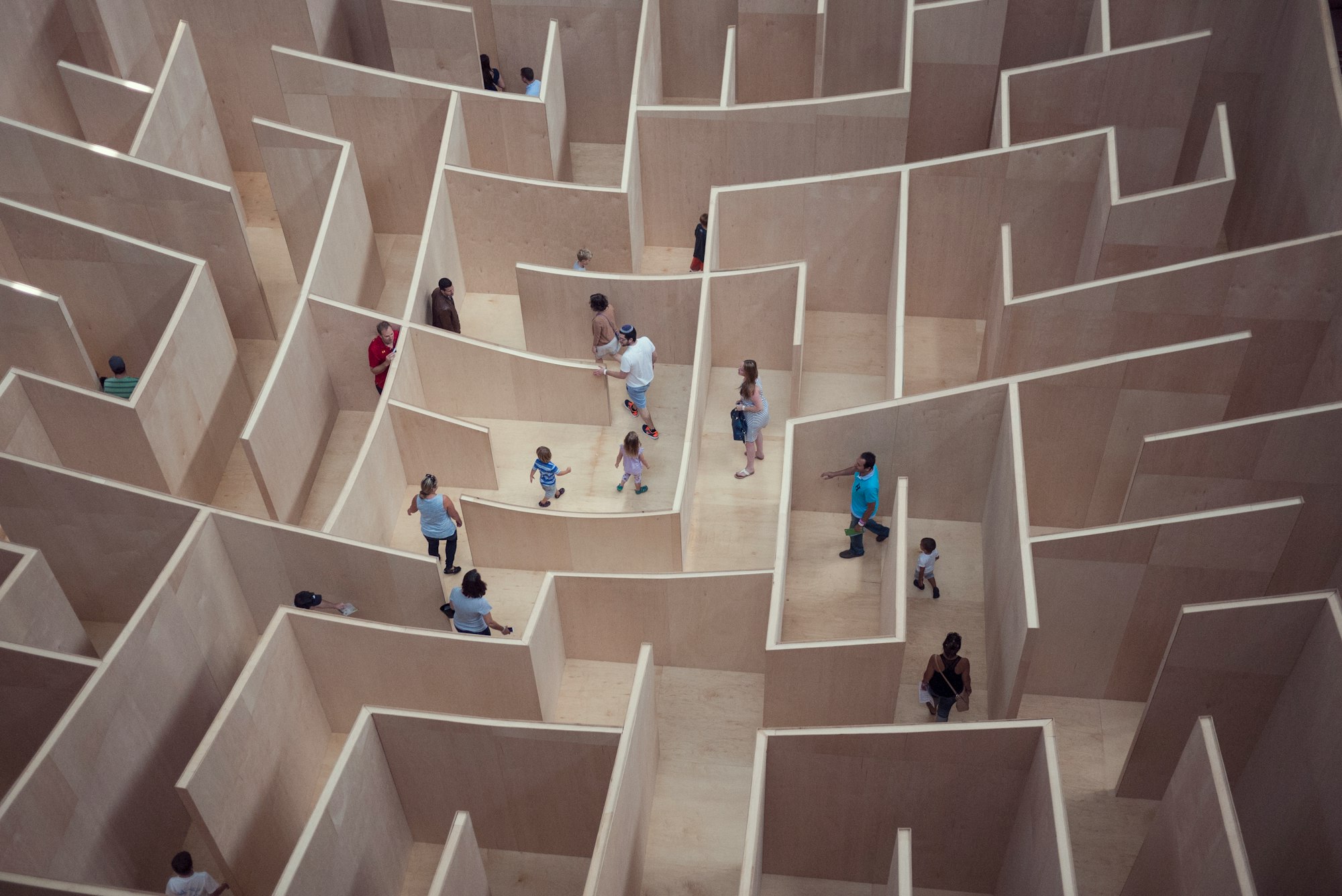Nanticoke tribe seeks to revive its lost language
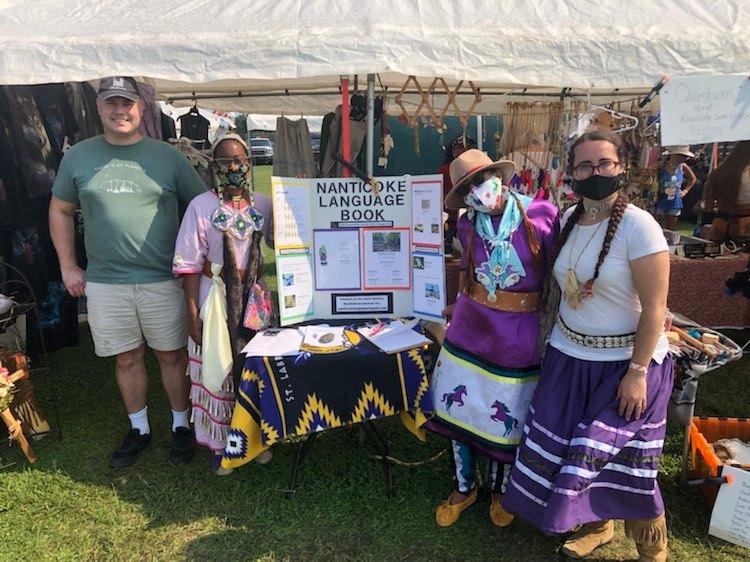
The Nanticoke Nation is an integral part of life in Sussex County. Based in the Oak Orchard and Riverdale area near the Indian River, the Nanticoke tribe's influence includes a popular powwow every September, the Nanticoke Indian Association and the Nanticoke Indian Museum.
Members of the Nanticoke greeted John Smith as he explored the waters of the Chesapeake in 1608, and they are a vibrant part of life in the region. The Powwow attracts visitors and dancers from across America and the dances tell the story of an ancient and rich culture.
While dances and the stories remain, the Nanticoke language is all but gone. A few glossaries of words remain, but they are incomplete and sometimes conflict with each other. The language of "The People of the Tidewater" has not been spoken for more than a century. The last speaker was reportedly Lydia E. Clark, who died in 1856 according to a study of the language published in 1954.
One such glossary is a 146-word list compiled by Moravian missionary John Heckewelder in 1785, from his interview with a Nanticoke chief then living in Canada, according to Google Books.
Another is a list of more than 300 words obtained in 1792 by William Vans Murray, then a U.S. Representative at the behest of Thomas Jefferson. He compiled the list from a Nanticoke speaker in Dorchester County in Maryland, according to a 2021 study of the vocabulary.
Now, a group of people are trying to piece together the language and reclaim a vital piece of culture before it disappears forever into the mists of time.
They are using those glossaries and other similar Native American languages in an attempt to re-create the nearly lost language in a new book.
"We are working to bring our language back into our communities where it hasn't been spoken in generations. This book is the first part of that larger project,” said Karelle Hall, a key part of that effort. “Our team includes a linguist who is helping us to extract vocabulary words from 17th and 18th century dictionaries of the Nanticoke language and transform them into a usable format. We have also been able to reconstruct or borrow words that are missing from our archives. The Algonquian languages of the Eastern Seaboard are related and similar to each other, so we are all able to lean on each other as we work on language revitalization.”
The book is colorful and geared toward children, although it is intended for use by anyone of any age. It is organized as a chapter book, with each lesson consisting of introductions to common and useful vocabulary words and simple grammar such as greetings, family terms, food, animals, colors, numbers, nature and so on, she said.
Each word has the Nanticoke word in bold, a suggested syllabic breakdown in italics and the English translation in parentheses. Each book will also include an audio recording so that you can hear the words pronounced by Nanticoke speakers and practice pronunciations, she said.
Hall said they plan to work on an online interaction dictionary and supplemental lessons to expand what is introduced in the book. This will consist of future book volumes, workbooks, games, live classes and more.
"We are hoping that this project will not only be a tool for our community language learners but also a way to promote our visibility with a broader audience," she said.
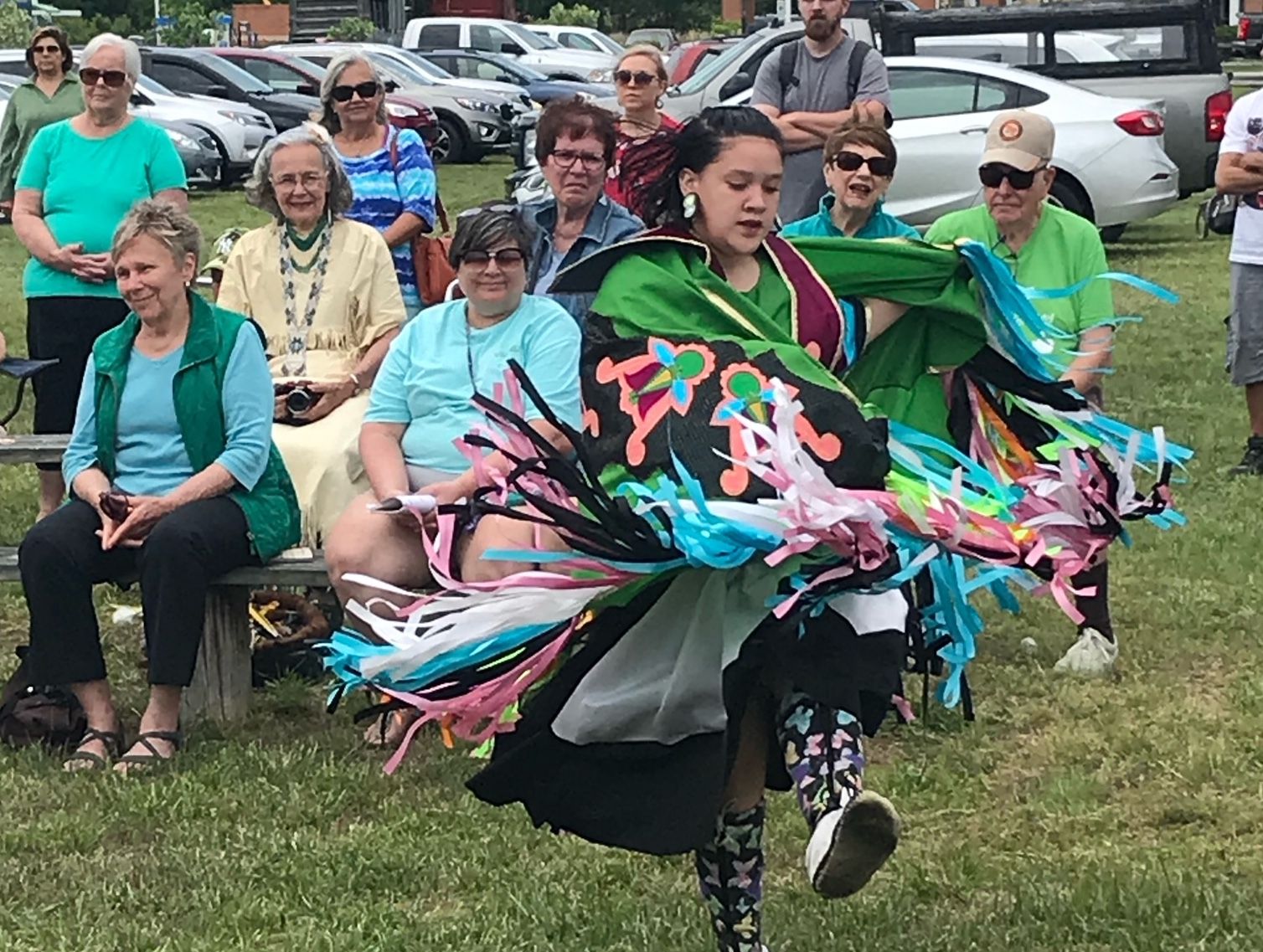
A brochure at last year's Powwow promoted the effort with simple illustrations of a female turtle (the turtle is important in native American culture) and samples of Nanticoke words.
For example, Kaaiin is the word for corn. Nip means water while Numunun nip means "I drink water." To count to five, the Nanticoke words are Nukwit, Nils, Nuhsw, Yaaw and Nupayaa. "Thank you" is Waanishii.
"Once it has been spoken ... It cannot be unspoken," the brochure says. "Come and learn the Nanticoke language with us."
For more information or to help support the project, contact nanticokelanguage@gmail.com.
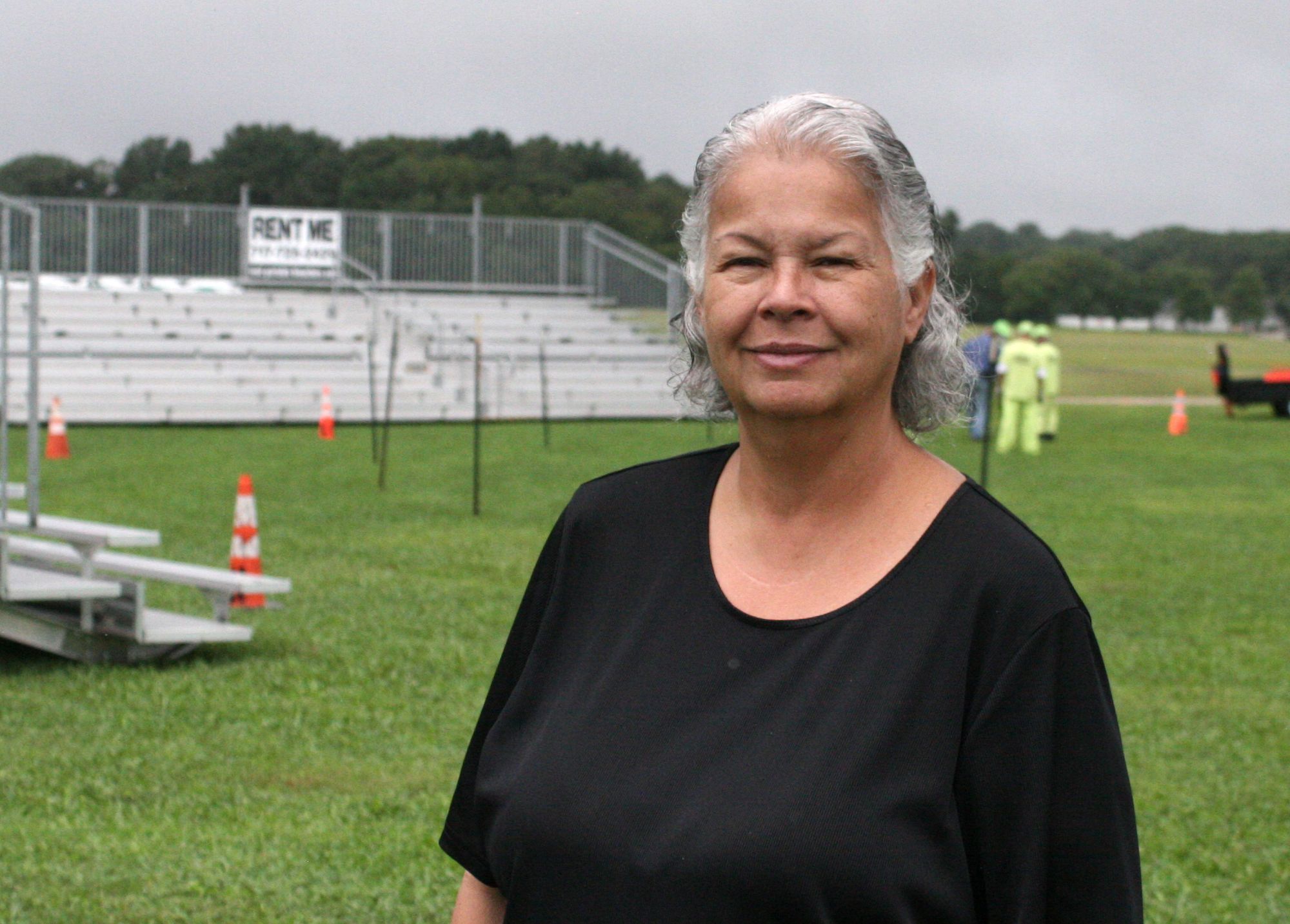
More on the annual powwow:
This year's Powwow will be Sept. 10 and 11.
There is a shawl dance, snake dance, ribbon dance, round dance, a shake dance, a spear and shield dance, traditional, straight and fancy dances and even a rabbit dance. Accompanied by beating drums, the dances tell intricate stories.
The ribbon dance, for example, portrays the Native American wedding ceremony, according to the Nanticoke Indian Association website:
"The dance begins with three couples. Each of the women carries a different colored ribbon. The first woman carries a red ribbon which represents the men of the tribe. The second woman holds a blue ribbon which symbolizes the women of the tribe. The third woman carries a yellow ribbon representing the Great Spirit. When the drum starts, the three couples separate into different directions, only to meet together at the center of the dance circle.
"The men face the women and take one end of their partners' ribbon. Then, the men braid the three ribbons together to symbolize the coming together of a man and a woman with the blessing of the Great Spirit. The ribbons are then unbraided and encircled about the waists of the women. The women must unwrap themselves, turning to each of the four directions of the world — north, east, south, and west. Finally, the men return the ribbons to the women, the couples separate, and they dance their way out of the circle."
More stories:
